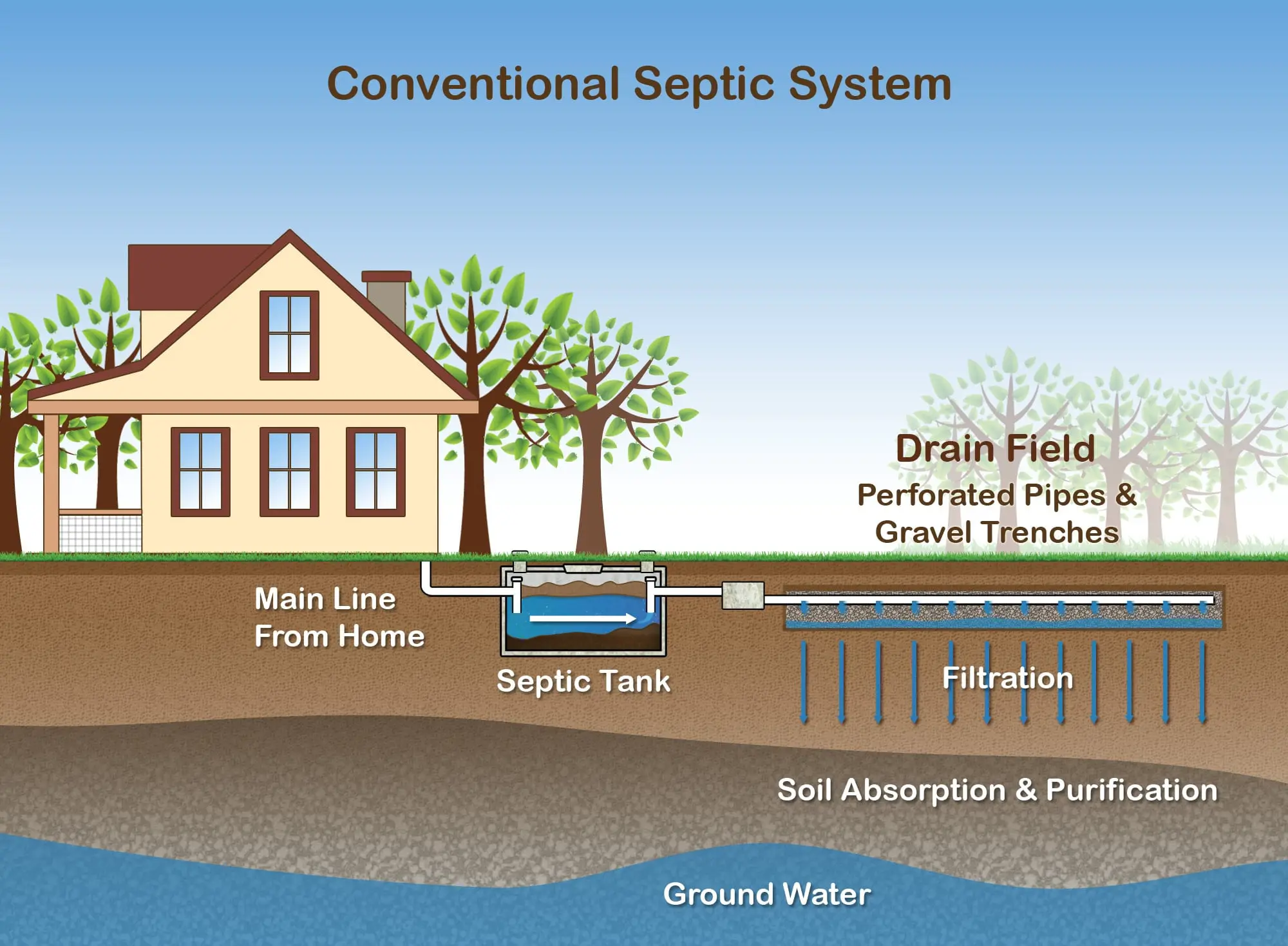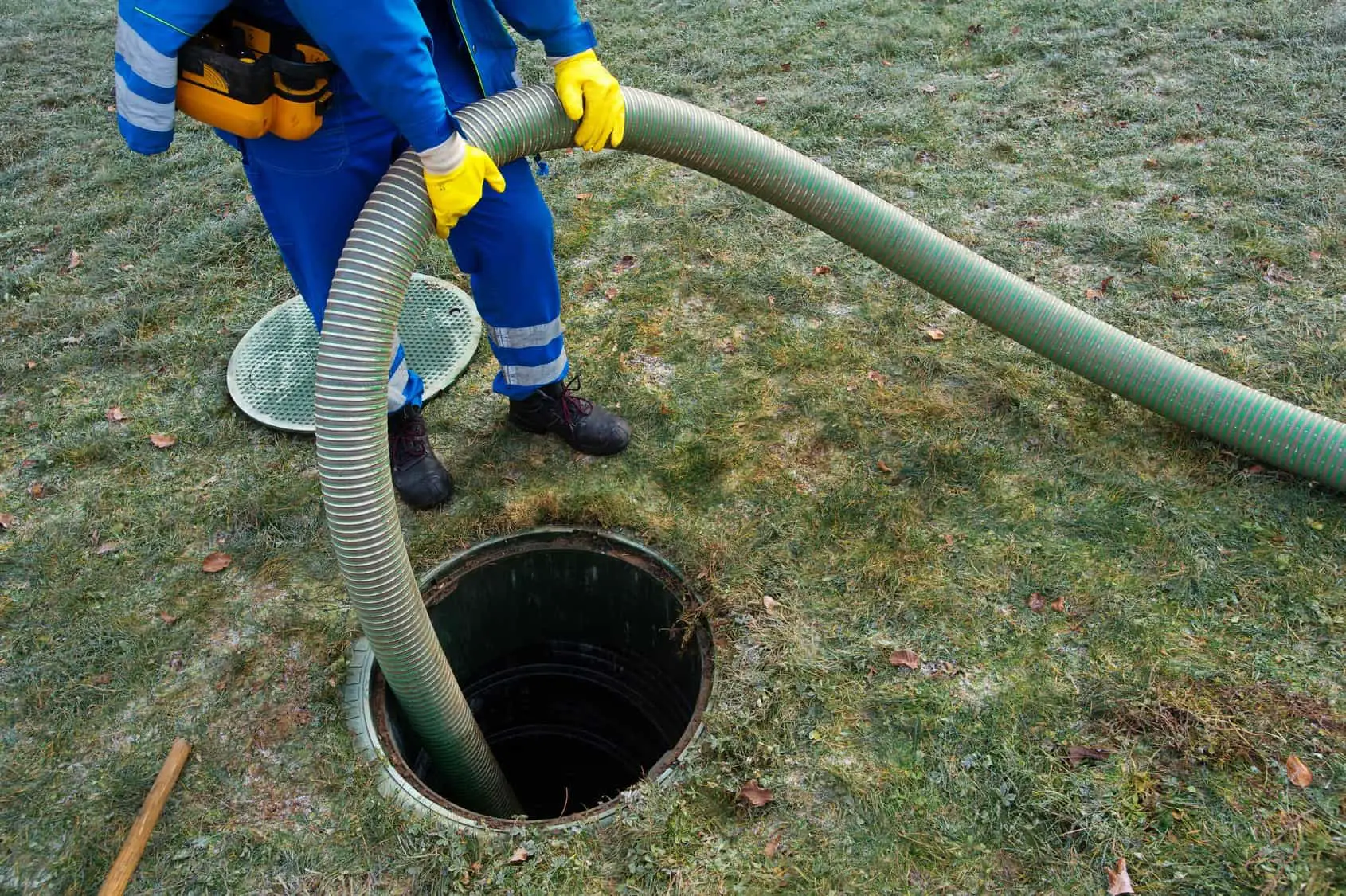All You Need To Know About Septic Tank Treatment
Whether it is a residential building, hotel, restaurant, or any other commercial establishments, it must have an on-premise sewage facility, a septic tank system. It helps to drain out the fecal sludge when the area in which the building is situated is not connected to a large sewerage system. Especially in rural areas where sanitation is not up to the mark, the use of septic tanks is quite prominent.

Now, you are here to know about septic tank treatment. But before that, do you know the details of a septic tank? When you will go to clean the tank, you must have a detailed idea about what it is and how it works. So, let’s ponder over these points first briefly. Then, we will move forward with the septic tank treatment process.
What is Septic Tank?
As many of us have seen, the septic tank is an underground chamber that helps to treat domestic sewage at a basic level. The treatment includes settling and anaerobic processes. The tank is usually made of concrete, plastic, or nowadays fiberglass. A septic tank comprises one large tank or more than one tank between 4000 and 7500 liters. The tank is connected to an inlet wastewater pipe and to a septic drain field. T-style pipe connections are used so that the liquid can easily go in and out of the tank leaving the crust as it is on the floor of the tank. Now, let’s know how does it work.
How does a Septic Tank work?
If you see closely you can find several chambers inside a septic tank. The wastewater including the liquid and the solid wastage enters the first chamber. The solid components are settled down below the tank letting the scums float. Gradually, the solid products are digested through the anaerobic process.

Thus, it reduces the total volumes of the solid elements. Then, the liquid flows into the second chamber crossing the diving wall between the two chambers. After the second phase of settlement, the clear liquid flows through the drainage system. It goes out from the outlet and runs through the septic drain field.
Why is Proper Septic Tank Treatment Essential?
The complete process of the septic tank system includes many phases as we can see in the previous part of our discussion. So, to keep all of the phases working well, we must maintain the tank properly. Let’s get some idea of what poor maintenance can do to your septic tank.
When the septic tank is left unchecked for many days, the wastage builds up sludge into the tank. Due to such irregular septic tank treatment, the food and toilet waste tend to clog the tanks. Gradually, it leads to the backflow of water. And along with that, a foul odor starts ruining the atmosphere around the tank. Considering all of the possible inconveniences, we must say that regular septic tank treatment is a must to experience healthy and hygienic living.
Septic Tank Treatment: The General Process
It is essential for the household septic systems to be cleaned by a professional at least every three years. The septic tank treatment process usually takes place through pumping.

The pumping depends upon four main factors: 1) the household size 2) the total amount of wastewater 3) the portion of solids in the wastewater 4) the size of the septic tank. Let’s explain in brief how septic tank treatment depends upon the factors.
- The Household Size: If you have a large house with many sanitation outlets, the complete septic tank treatment may take a longer time than the small houses.
- Amount of Wastewater: The time, the nature of the pipe, and many other aspects of septic tank treatment depend upon how much wastewater is generated.
- Amount of Solid in the Wastewater: If the wastewater includes a high amount of solids, the treatment will be different in respect to wastewater with a low amount of solid.
- The Size of the Septic Tank: The bigger the size of the tank is, the more wastewater it can hold. So, the treatment process largely depends upon the size of the tank.
So, in this way, multiple factors are associated with the process of septic tank treatment. As the process goes on, the professionals bring the large pumps, connect them with the septic tank outlets, and drain out the water through the pipes. They continue the procedure until the wastewater is removed completely cleaning the tank.

Septic Tank Treatment: The Microbial Process
You can use microbes-added products to treat septic tanks. There are different kinds of products available. These products contain bacteria that produce septic tank enzymes. It helps to degrade the waste matters including the solid parts. Such products also help in preventing the sludge to block the drain pipes. These economical yet effective products inhibit the growth of bacterias and solve the problems of foul odor. From suppressing the growth of the harmful germs to curbing the foul odor, the microbial process performs all of the necessary tasks of cleaning and maintaining the septic tank.
Septic Tank Treatment: the DIY Process
Calling a professional is always the best idea ever for the septic tank cleaning process. But, when you do not have time or the budget does not permit you, you can do it on your own. Here is how you can do it.
You must have extra tomatoes in your home after the over-production in your garden during the summer or spring seasons. Use rotten tomatoes to clean your septic tanks. Surprised?! Yes, this easily available stuff is a perfect septic tank cleaner.
If you have a garbage disposal, let 2-3 rotten tomatoes enter into the tank through it. Cut the tomatoes into two halves to avoid any choking during the flush of water. Don’t have a garbage disposal? No worries! You can perform the task in another way too. Dump small chunks of rotten tomatoes into a toilet. And flush it well through the water.
For the unavailability of rotten tomatoes, yeast can take the place. The combination of yeast and sugar is a natural septic tank cleaner. Dissolve 2 cups of brown sugar into 5 cups of warm water. Add 3 T’s baker’s yeast into it and let it be mixed well. Pour the mix into the toilet or any other sewage outlet connected to the septic tank and let it soak overnight.
The yeast will serve the purpose of septic tank treatment throughout the night. After pouring the mix, wait at least 3 hours. Then, flush it with water.
Whether you are using rotten tomatoes or yeast, make sure your process does not contain bleach.
Bottom the Line
A septic tank is an indispensable part of any household. Keep it clean with proper septic tank treatment process and continue a hygienic living. If you have some more time, check out some of the best toilet paper holders for your washroom and other daily purposes, here.


Thank you for the information.